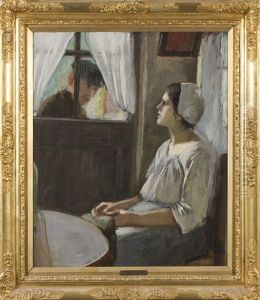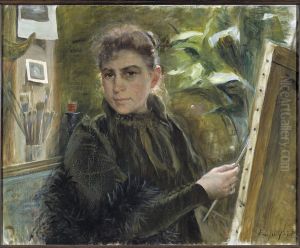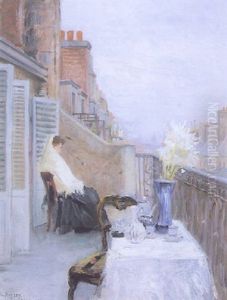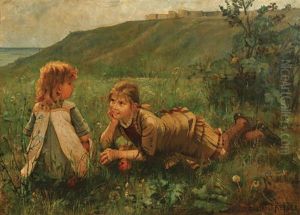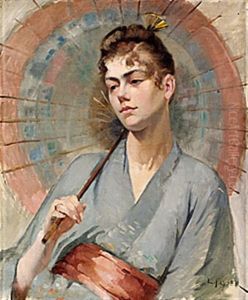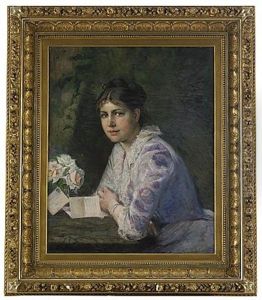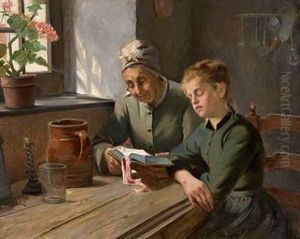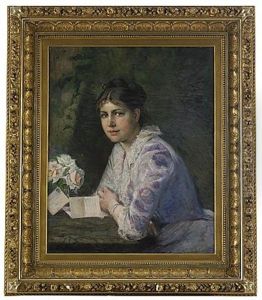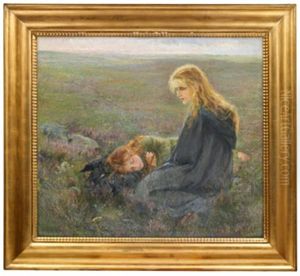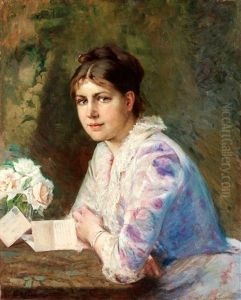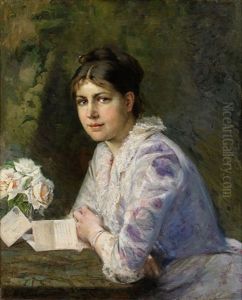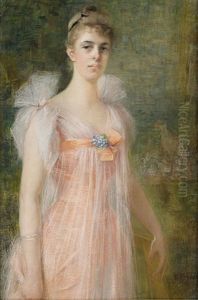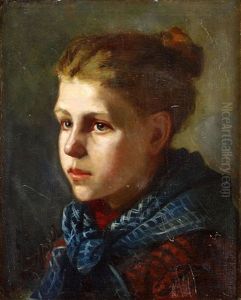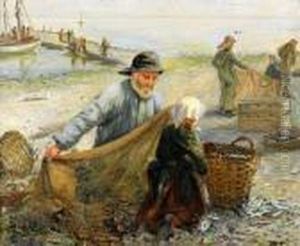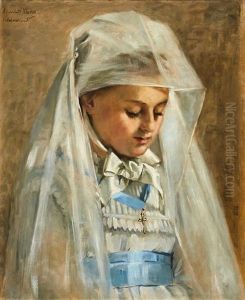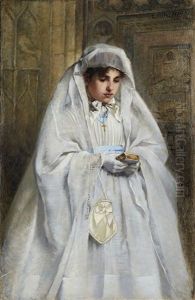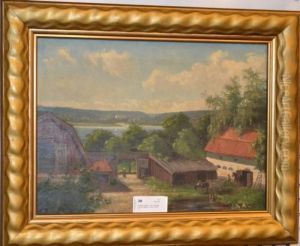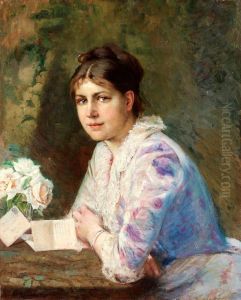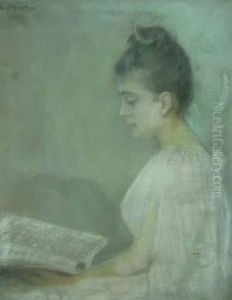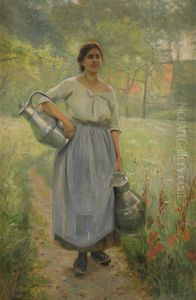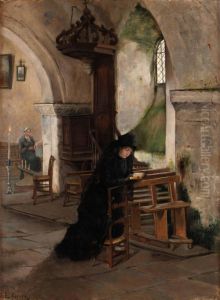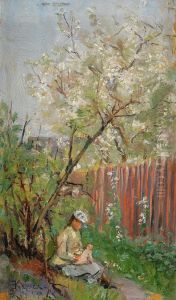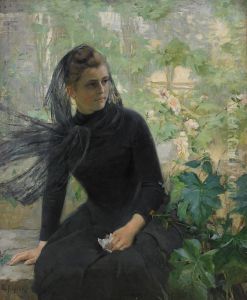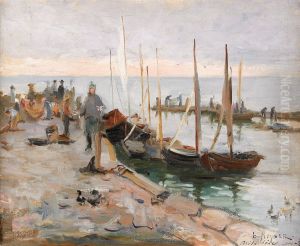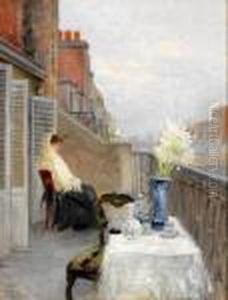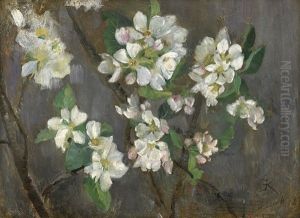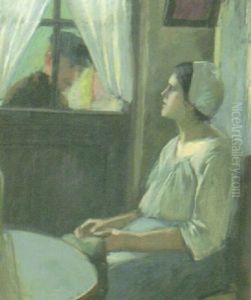Elisabeth Keyser Paintings
Elisabeth Keyser was a Swedish painter born in 1851 in Stockholm. She was a prominent figure in the Swedish art scene during the late 19th century. Keyser's artistic journey began at a young age under the guidance of her father, who was also an artist. She further honed her skills at the Royal Swedish Academy of Fine Arts, where she was one of the few women admitted at the time. Her education there was pivotal, allowing her to develop a distinctive style that blended traditional techniques with emerging trends.
Keyser's work primarily focused on genre scenes, portraits, and landscapes. Her genre scenes often depicted everyday life with a keen eye for detail and an empathetic portrayal of her subjects, which resonated with the Swedish public. She was particularly adept at capturing the nuances of light and shadow, which added a lyrical quality to her landscapes and interiors. This sensitivity to light was influenced by contemporary movements such as Impressionism, although she maintained a more realist approach in her compositions.
Throughout her career, Elisabeth Keyser was an active participant in the Swedish art community. She exhibited her work widely, both within Sweden and internationally, gaining recognition for her contributions to Swedish art. Her paintings were well received, and she was awarded several prestigious awards, which helped cement her reputation.
Despite her success, Keyser faced the challenges common to women artists of her time, including restricted access to certain artistic circles and opportunities. Nevertheless, she persisted in her career, and her legacy today is that of a trailblazer for female artists in Sweden. She was a member of influential art associations and contributed significantly to the cultural life of Stockholm.
Elisabeth Keyser's death in 1898 cut short a vibrant career, but her work continues to be celebrated for its contribution to the development of Swedish art. Her paintings can be found in museums across Sweden, serving as a testament to her skill and vision. Keyser's life and work remain an important part of the narrative of 19th-century European art, highlighting the role of women artists in shaping the art world of their time.
